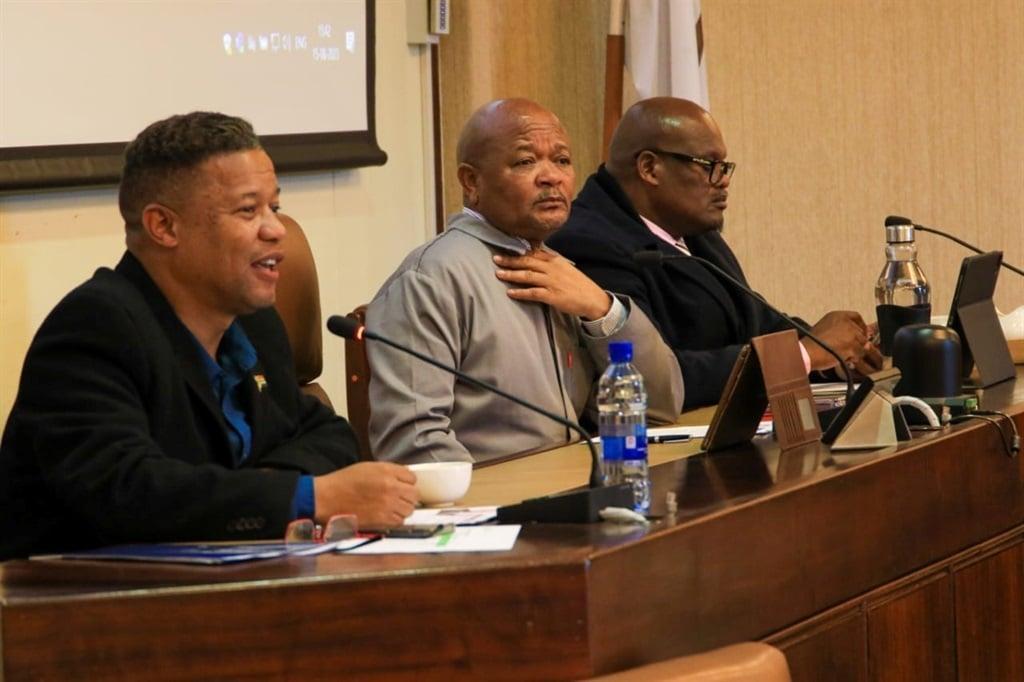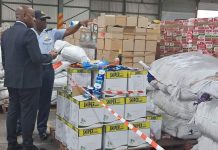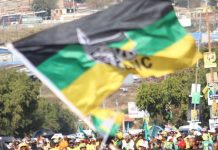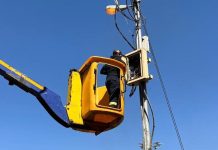Africa-Press – South-Africa. The Nelson Mandela Bay Municipality has regained control of its water resources after Water and Sanitation Minister Senzo Mchunu lifted his year-long intervention imposed when the metro faced a high risk of running out of water within 30 days.
The minister was forced to intervene in May 2022 through Section 63 of the Water Services Act, 108 of 1997. This section provides for the minister to intervene at municipal level and take full control of a service delivery programme in instances where municipalities failed to provide water services as a basic human right.
Mchunu commended the municipality for the progress made in recovering from what seemed like an imminent Day Zero and addressing all water leaks backlogs.
“We hope that after our exit, the metro does not regress and is able to maintain the status quo with all the interventions that have been put in place,” he said.
Interventions put in place included:
Mchunu said that the municipality was still expected to report to the department on a quarterly basis for the next 18 months.
“The report back will be on the progress on the business transformation process, with a particular focus on progress with the following, water conservation and demand management, improving the level of service and the implementation of the business turnaround strategy to ensure resilience,” he said.
On Wednesday during a media engagement session, Mayor Gary van Niekerk was elated that the metro got to “fly solo” again.
He said:
There has been a steady increase in dam levels in the metro following bouts of rain in the catchment areas since May.
The Algoa Water Supply System, which has dams that feed into Nelson Mandela Bay Metro and Kouga municipality, is standing at an average of 46.7%. The Impofu Dam remains low at 16.9%, Loerie dam is at full capacity at 95.5%, while Kouga is at 57.6%.
Van Niekerk said residents still needed to take water consumption seriously as Nelson Mandela Bay had the highest water consumption levels in the country.
“When the minister was here, he indicated that the world average is 173 megalitres per day, the South African average is 230 megalitres but we, as a metro, are sitting close to 300 megalitres at this stage,” Van Niekerk said.
“It’s an anomaly that we cannot really explain. We are the metro with the worst drought in years, but we are the ones consuming the most water. That must change,” he said.
Van Niekerk added that the current water restrictions would remain in place.
These restrictions would be reconsidered only when combined dam levels in the metro reached at least 65%, said spokesperson of the Gqeberha branch of the South African Weather Services, Garth Sampson.
For More News And Analysis About South-Africa Follow Africa-Press






